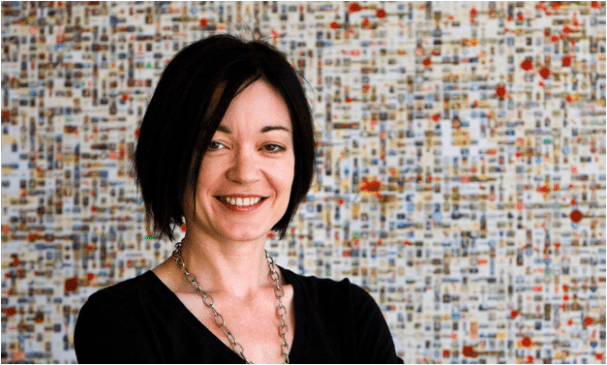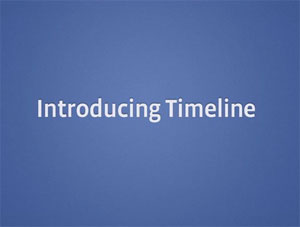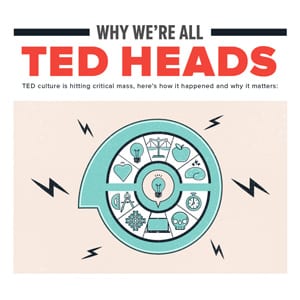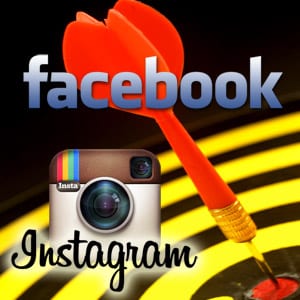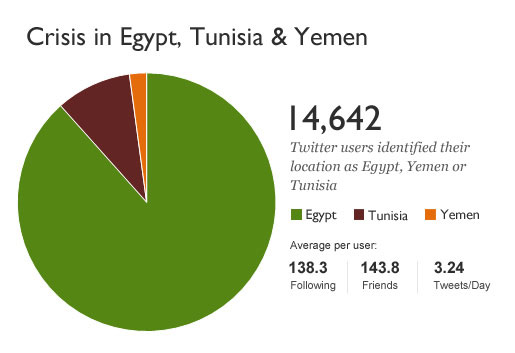Facebook EdgeRank and GraphRank Explained
You want to make the most of your business’ Facebook page, but when you start reading articles with phrases like “time decay,” “Facebook EdgeRank algorithm,” and “affinity variable,” your eyes glaze over and you click the “Back” button on your browser as quickly as possible. However, if you truly want your social media marketing to reach your audience and convert browsers into buyers, you need to understand Facebook’s EdgeRank and GraphRank. What follows is a non-techie explanation of Facebook EdgeRank and GraphRank, and how to apply your new understanding to improve your Facebook page’s impact on your business.
What is Facebook EdgeRank?
The average Facebook user has a lot of Facebook friends and follows plenty of Facebook pages. If every single action of a friend showed up in a user’s News Feed, that user would be totally overwhelmed. In order to optimize a user’s News Feed, a formula called Facebook EdgeRank was created. Facebook EdgeRank decides what’s most important to display in the News Feed. If Facebook EdgeRank decides it’s not important, then it gets dropped off the Feed – very bad news for a business owner who isn’t getting much Facebook interaction from fans and wants his or her brand to stay in the forefront of people’s minds.
There are three basic components to the Facebook EdgeRank algorithm: Affinity, weight, and time decay.
“Affinity” refers to the user’s relationship with the item’s creator. For example, if you have an old acquaintance whose Facebook profile you haven’t visited in two years, they would have a very low affinity ranking. If you have a significant other whose profile you visit every day, they would have a very high affinity ranking. This is good for Facebook EdgeRank.
“Weight” combines what the item is and how it’s being interacted with. As for the “what,” videos, photos, and links are generally considered to have the highest weight. In other words, if a fan views a video on your page, this will score far more points in Facebook EdgeRank than if they simply visit your page.
The other component to Facebook EdgeRank is how the item is being interacted with. A “Like,” for example, gets less weight than a comment.
“Time decay” refers to how recent the item is. Old news drops out of the news feed, so newer items are more likely to appear on a feed than older items. Understanding this, to increase your Facebook EdgeRank, post your links, comments, and photos at times when your users are most likely to be logged in to Facebook.
Strategies to Increase Your Facebook EdgeRank
Now that you understand the basics of Facebook EdgeRank, how do you increase the likelihood that your products or services will appear in as many of your fans’ News Feeds as possible? Here’s a hypothetical story to give you some ideas.
Meet Joe. Joe is an independent filmmaker who’s trying to create some buzz around his latest documentary about french fries. He’s got over 1,500 fans, but he hasn’t posted anything in a while, so he suspects he might have dropped off the News Feed for many of them. He decides not to immediately jump into promoting his french fry film. First, he sets out to increase his Affinity score. He starts a few controversial surveys on his page and encourages readers to comment. All those comments increase his page’s Weight and hence his Facebook PageRank. He asks a few direct questions of his fans to start conversations, which also bump up his Affinity score. Then he starts posting still pictures from his new documentary, and since photos have higher Facebook EdgeRank, his weight score goes up again. Only after working on improving his score with his fans for a couple of weeks is he ready to release the trailer for his movie. If he didn’t put in the extra time to build his Affinity and Weight and hence his Facebook PageRank, his movie trailer wouldn’t have reached nearly as many people.
What is Facebook GraphRank?
Now that you understand Facebook EdgeRank, let’s take a brief look at GraphRank. GraphRank is a subset of Facebook EdgeRank that targets mainly Facebook app developers. In essence, GraphRank is designed to help Facebook users find apps that have been a hit with their friends. The more their friends appreciate a certain app, the more prominently that app will display in their News Feed.
GraphRank is good at determining whose opinion you are most likely to listen to. For example, your college roommate’s opinion from 1990 is going to have less weight than your best friend’s opinion, with whom you interact on Facebook every day. As your relationships with your Facebook friends change, what GraphRank displays will also change.
The GraphRank formula is different (but not much) from the Facebook EdgeRank formula. GraphRank takes into account Affinity, Weight, Interactions, and Time Decay. The Affinity score in this case is based not only on how much two users interact, but also how many common interests they have together.
Many of the same tips for increasing Facebook EdgeRank will help you to improve your GraphRank. For example, releasing your app at the right time is of critical importance to get people to pick it up right away. If you’re marketing an app to a bunch of night owls and you release your app at seven in the morning on a Sunday, this will not help you increase your GraphRank. Don’t just make an app and expect people to find it on their own. Now that GraphRank is around, that’s going to happen even less frequently than it did before.
An important distinction between Facebook EdgeRank and GraphRank
GraphRank only applies to apps. Pages are still ruled by Facebook EdgeRank. Therefore, unless you are an app developer, GraphRank is not something you need to be concerned about. Instead, focus your marketing muscle on improving your Facebook EdgeRank by reviewing and implementing the tips listed above.

